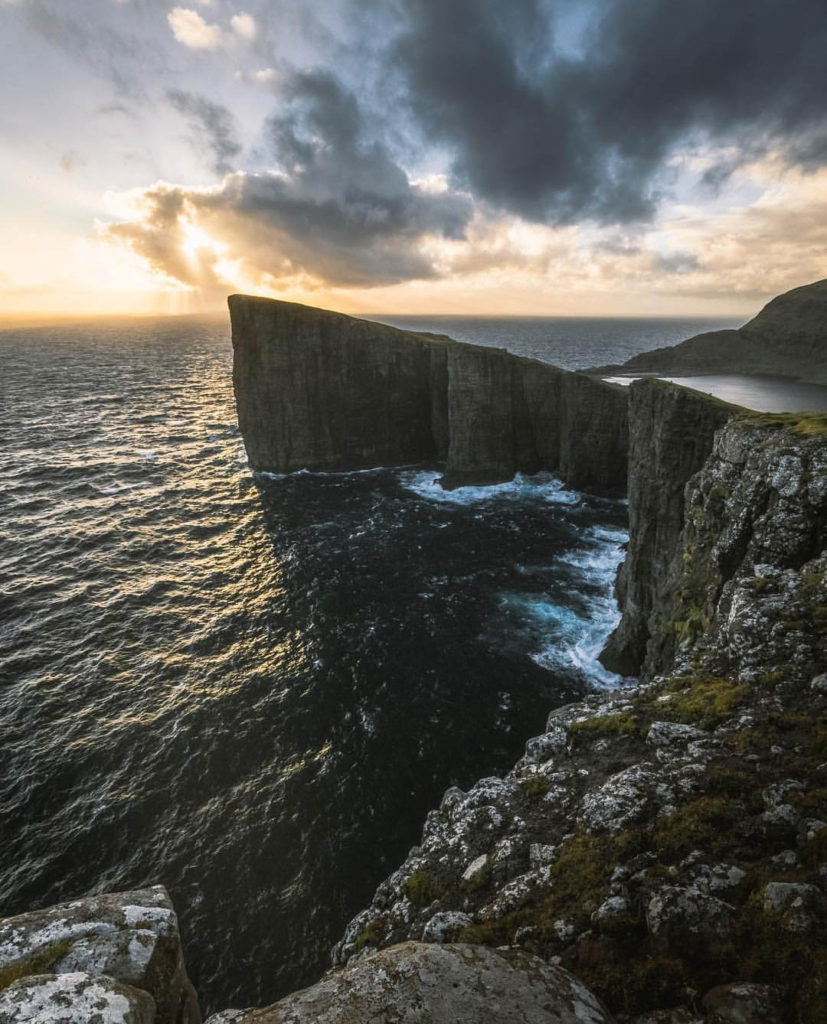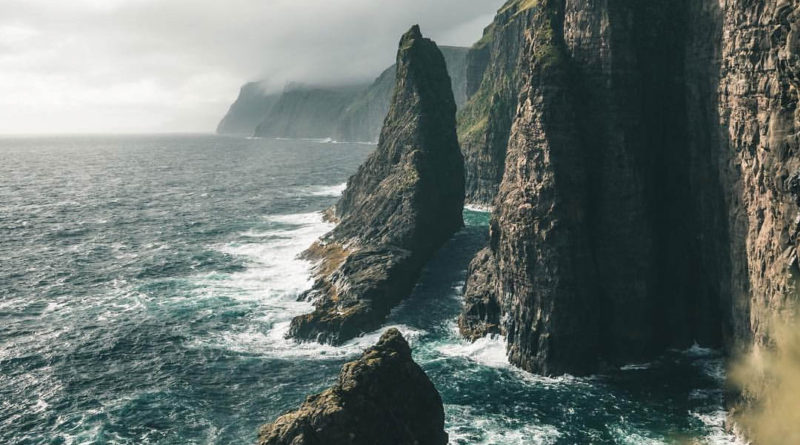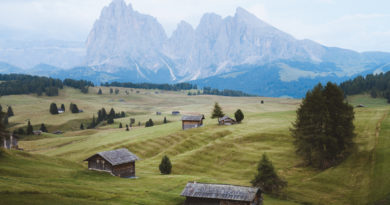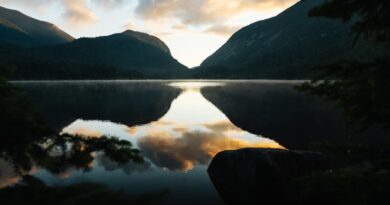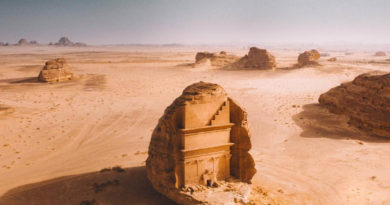The Marvelous landscapes of the Faroe Islands and its opportunities
The Marvelous landscapes of the Faroe Islands
A key economic opportunity
The Faroe Islands, extending over 540 sq. miles, has over 18 main islands along with several smaller islets. Its remoteness from the rest of the world is significant, having both positive and negative consequences on the daily lives of its inhabitants.
As all countries around the world, the Faroe Islands have been facing several vulnerability issues and some of them are related to its economy.
Fishing has been the main source of income for the Faroe Islands right from its settlement and specially since the late 19th century when transportation allowed trading to be cost-efficient. Dependence on fishing makes the economy vulnerable to price fluctuations.
In addition, Petroleum may lay the basis to sustained economic prosperity as important deposits in the surrounding area have been found. However, the extraction of petroleum in the immediate area may carry devastating consequences for the main economic activity of the country, fishing.
Managing the pollution of the sea while extracting petroleum has been proven to be a difficult task, perhaps even impossible.
Furthermore, emigration has drained the population and skill base of the Faroe Islands. This has been an ongoing phenomenon which peaked during the economic crisis. Although today the country has one of the lowest unemployment rates in Europe, “many young students move to Denmark and other countries once they are finished with high school. This leaves a largely middle-aged and elderly population that may lack the skills and knowledge to take IT positions in business and industry.”
To tackle these economic threats, in 2012 the Government decided to reorganize the tourism board, Visit Faroe Islands, and increase its funding for marketing abroad. Locals know that the sceneries that can be found all around the islands are pretty unique:
“People are constantly looking for new and unique places to travel, and the Faroe Islands are still relatively unknown. The Faroe Islands offers visitors something completely different – unique landscapes, unique food experiences and a unique culture. All of these are ingredients for a perfect holiday.”
Overall tourism is an important asset that can bring prosperity to the country: it can generate jobs and be an incentive for youngster to stay in the country as they can build a career in the tourism sector.
The main goal set by the tourism board was to double the number of overnight stays in the country by 2020, as well as doubling revenues during the same period. Well, statistics show an increase of approximately 35% in number of bed nights in the last four years!
“Released figures from the islands’ Vagar Airport showed a record number of tourists in 2017.”
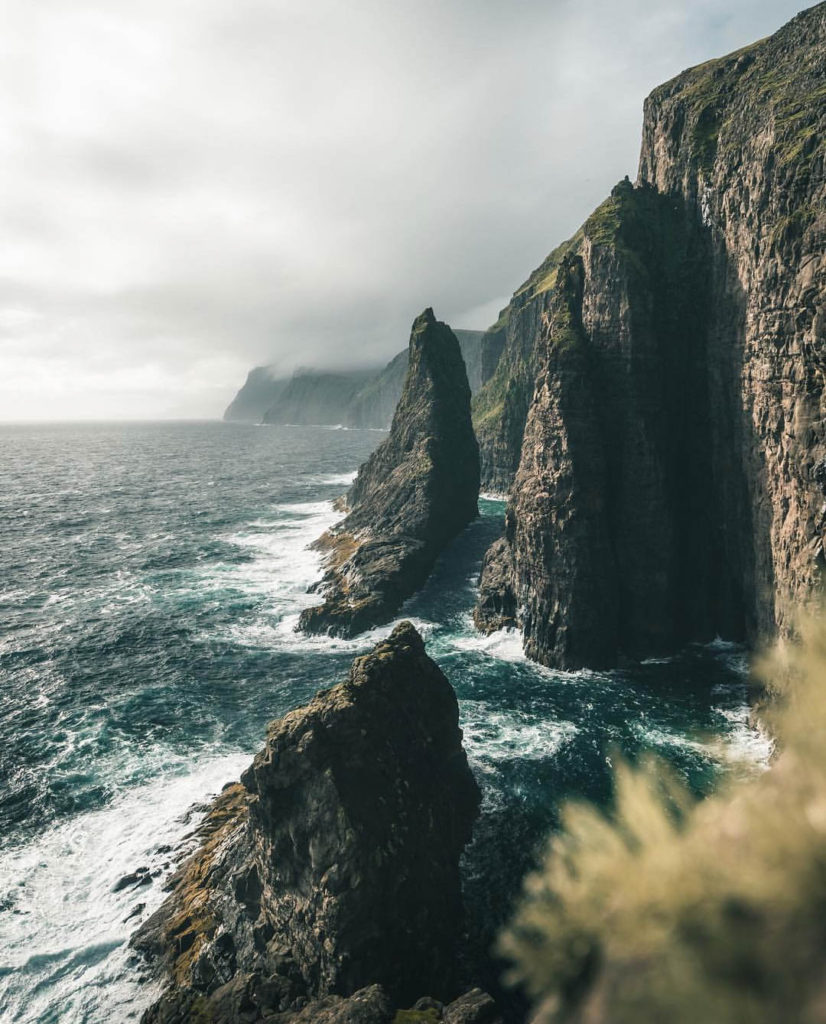
"About 112,000 passengers travelled through the airport, a 10,000 passenger increase from 2016."
On top of that, this year The Faroe Islands has been named as a top travel destination by CBS’ Travel Editor, Peter Greenberg, and is included on Forbes’ list of the ’15 coolest places to go in 2018’, alongside Egypt, Cambodia and northern Brazil.
This has been possible, in part, thanks to social media and tourism in the Faroe Islands in on the rise! In many cases “people around the world don’t know that the Faroe Islands exist yet and in some cases the islands are not on many world maps”. That is why the increase in tourism is something worth celebrating!
These are great news for the economy of the country. However, as tourism grows, new challenges will appear and the sustainability of the landscapes is already one of them. As such, if you are visiting the Faroe Islands remember that the preservation of the landscapes is key for the economy of the country!
